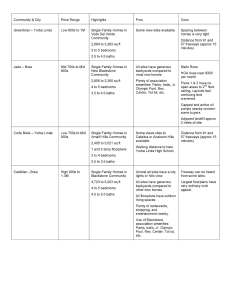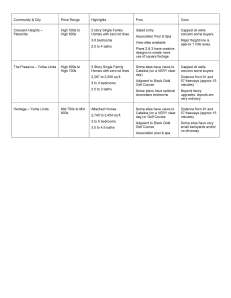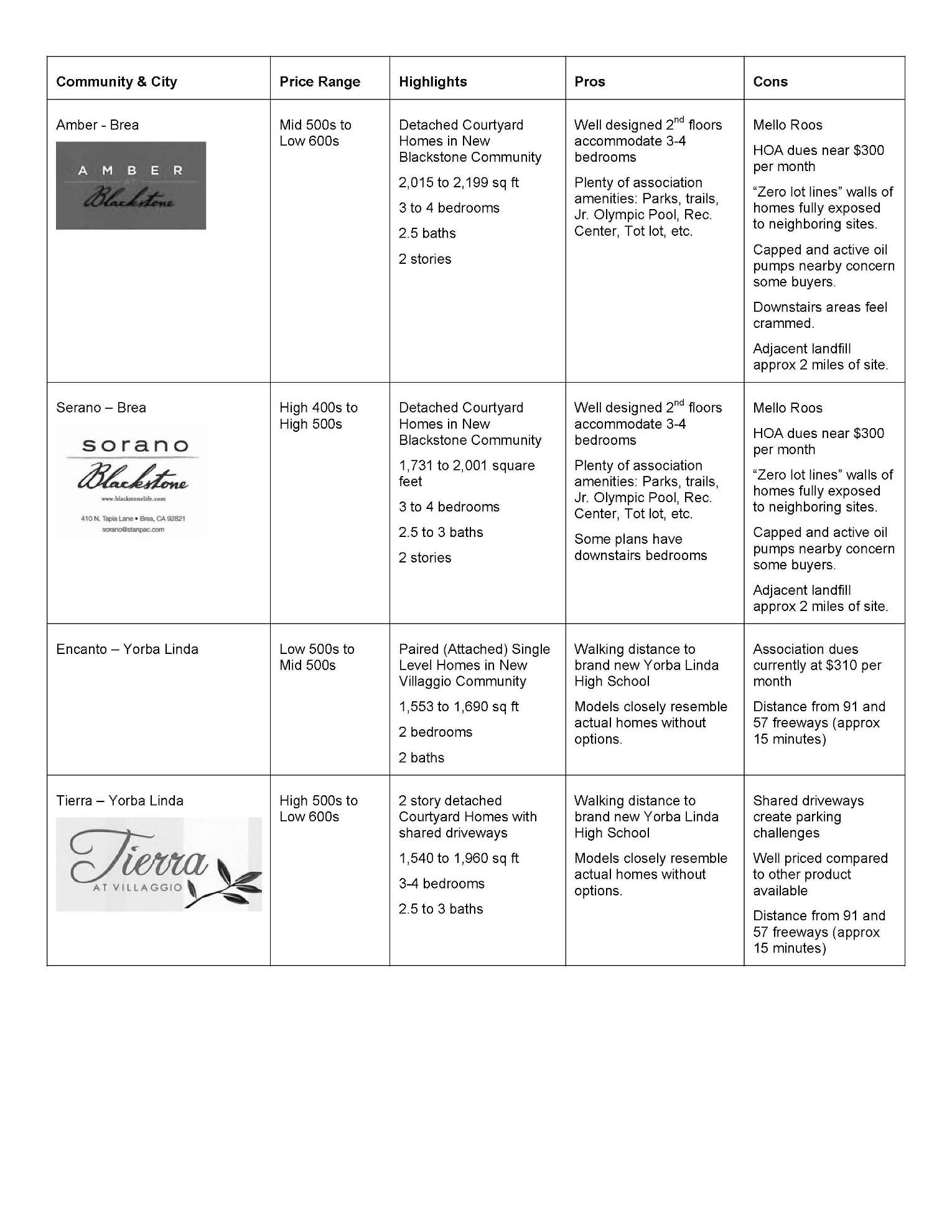If you’ve ever followed the TV series, “House”, you’ll see Dr. House and a team of the best doctors constantly brainstorming to find the best treatment for their ailing patient. Let’s face it: trying to get a Loan Modification is a complicated process. If your file gets “sick,” you’ll need the right treatment. Just like treatments, the wrong one can do more harm than good.
Unfortunately, for loan modifications, there are no doctors. We are still in the dark ages of medicine: trial and error.
There’s still hope. Based on real homeowner experiences and tips from former lender representatives, I’ll share with you some of the most common ways a loan modification gets “stuck” and what you can do besides call them everyday.
Disease: Perceived lack of hardship
Symptoms: You often will be told directly by the representatives that they do not see a hardship. You can confirm this diagnosis by calling back a few times to see if you get the same story. Occasionally, a lender or negotiator will have an internal policy not to tell the specific reason for denial. If they keep asking about a certain asset (boat, SUV, rental property, etc), explanations on cash reserves, or constant questions about previous income levels, there’s a good chance they don’t think you have hardship.
Treatments: Most lenders will not consider your hardship unless you’ve missed a few payments. Also, make sure you clearly disclose your REAL income. Especially if you own a business that has significant expenses, make sure you use a Profit and Loss (P&L) statement. If you have other assets, have your accountant prepare a Net Worth Analysis to show your assets vs. liabilities. If you were constantly asked about a prior position and income level, make sure you convey that your reduction in income is permanent.
Disease: The lender thinks you are playing the “live in your house for free” game and your home is scheduled for foreclosure auction.
Symptoms: You will receive constant phone calls and duplicate “work out” packages in the mail. Don’t be fooled or gain a false sense of hope — the lender is merely trying to satisfy a requirement that they “tried” to offer you assistance prior to foreclosing. Some lenders will go as far to fabricate logs to say they tried to call you.
Treatments: if you need more time (assuming you are actually trying to arrange a lower payment), you can speak to an attorney on your options to stall the foreclosure or arrange a payment with the lender. In the past, Realtors would send a fake short sale offer to postpone the foreclosure. As a result, servicers and investors have become weary of this tactic and will take a harder look at the offer. If they suspect any foul play, they will deny the postponement. Getting too close to a foreclosure sale date is a dangerous position. The best treatment is to avoid a sale date from being scheduled in the first place.
Disease: “Hot Potato” file – Translation: nobody wants to work on your modification.
Symptoms: The file does not seem to move, even after speaking with management. The lender keeps asking for more information to be sent and re-sent. You are told different stories every time you call.
Treatments: Always place yourself in the employee’s shoes reviewing your file. There are only 8 hours in the day and you are evaluated for tasks completed — not started. With this in mind, it is human nature to pick the easiest/most organized files. Make sure you turn in a COMPLETE file from the start. Lenders don’t keep good records of documents faxed or emailed to them. The more pieces you send, the more it gets touched by different people (sometimes overseas) and the more unorganized it will become. Unfortunately, if your application has this disease, you only have (2) options: 1. Request ONE person to review and clean up your file. Obtain that person’s extension number, email address, and manager’s contact info. Go through your application page-by-page and find out what you have to send them. Re-review the file and have that person confirm completion. 2. The 2nd option is to press the “reset button” on your application. Ask them to close the file so you can re-apply. Be careful with this treatment because it can be interpreted as you declining a modification and make you ineligible for other possible benefits.
Disease: “Negative NPV value“; Translation: you don’t make enough money on paper.
Symptoms: Formal loan modification denial letters will often use negative NPV as an official reason. However, you have to know if it was REALLY the reason you were declined.
Treatments: Under the Making Home Affordable plan, a complex NPV model is used to tell the lender if modifying your loan has any value or if the lender just loses money in the long haul. Without going into too many details, the calculation takes into account what interest rate must be used in order to give you a 31% housing-to-income ratio. Borrowers who are declined because of this reason have the option of reapplying or “appealing” their modification decision. A person with fluctuating income or self-employed income that includes a significant amount of expenses can try to steer their lender toward using the higher values.
Keep things in perspective: most homeowners will be denied a Making Home Affordable (HAMP) Modification. If (or when) you’re denied, ask if you’re eligible for the servicer’s alternate modification program. The success rates are much higher when comparing the servicer’s own modification programs against the HAMP modification.










